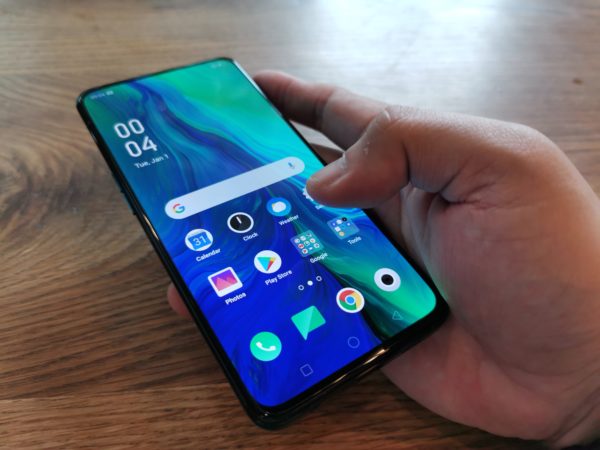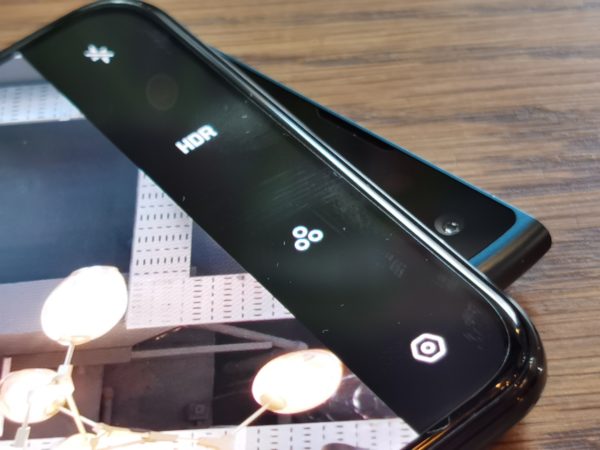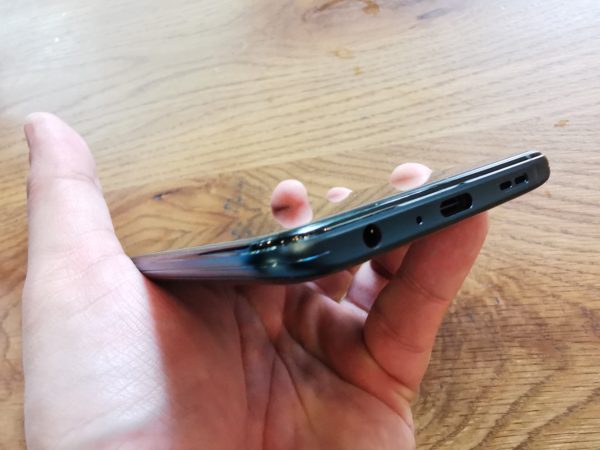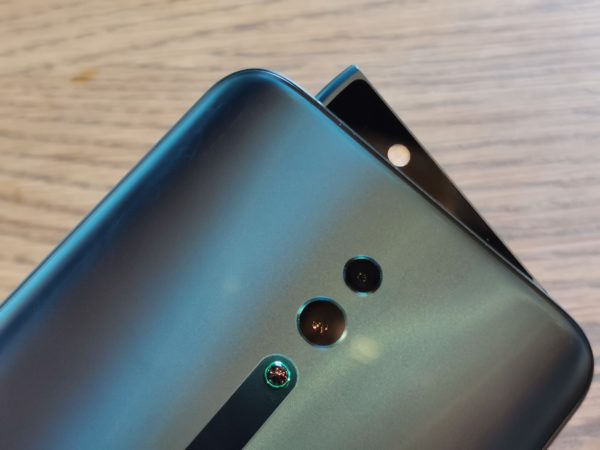
Oppo just launched Reno, a new series of phones aimed at youths, in Singapore yesterday. At the media event yesterday, I managed to get my hands on the new series from the Chinese phone maker.
Gone is the loud gradient effect now the rage for many smartphone. It is replaced by a glass back with a brushed metal effect.
This is is accentuated by a strip of reflected glass running down the back of the phone like a spine. Right at the top of the strip is a small hump that prevents the camera lenses from being scratched.
At the front, the near bezel-less 6.4-inch AMOLED screen has gone notch-less too, providing a very sleek silhouette that also feels substantial and well put together.
This is definitely better than the R17 Pro that preceded the Reno. I am really happy that the screen is flat rather than tapered at the edges for a more assured grip.
For the Reno’s notch-less design, Oppo has stayed with last year’s Find X and introduced another pop-camera module to house the front-facing camera and the flash on the new phone.
Whenever the selfie camera mode is activated, the camera module pops up from within the phone’s body like a fish’s dorsal fin. Some might find this cool.

Unlike the Find X’s camera module, Reno’s design feels more robust and able to take some punishment. Disclaimer: I’m saying this after trying out the phone briefly yesterday.
Better yet, any accidental drop will make the camera module retract quickly and flush with the smartphone’s main body to prevent any damage. Still, like any mechanical device, the constant movement of the camera module over a long period of time will be a cause for concern for some users.
What’s good to see is the headphone jack on the Reno. The phone belongs to a shortening list of devices that still let you easily plug in your good, old pair of earphones on the go.
The USB-C port provides the means to charge up the phone’s 3,765mAh battery using its proprietary VOOC technology, but the Reno does not have wireless charging.

Internally, the Reno has the mid-tier Qualcomm Snapdragon 710 processor with 8GB of RAM and a handy 256GB of storage. Not the fastest smartphone around, unfortunately, for rather high asking price of S$845.
To be fair, the processor is definitely more than sufficient for most users – I did not experience much lag during my quick test – but you have to ask why Oppo hasn’t gone for higher performance Qualcomm chips.
When it comes to photography, the standard Reno comes with a main camera using a 48-megapixel sensor and a 5-megapixel secondary sensor for bokeh effects.

Oppo has employed a method called pixel-binning to make the sensor more sensitive to light. The sensor uses four photosites on the sensor to create a single pixel in the image.
The end result is a brighter, sharper image but it will only create 12-megapixel image files which are still sufficient for social media and A4-sized prints.
Those who love photography will do well to wait for Reno 10X Zoom that will only be available sometime in June, priced at S$1,199.
It will come with a zippier Qualcomm Snapdragon 855 chip, an ultra wide-angle camera, a 10X hybrid optical zoom, a 6.6-inch screen and a 4,065mAh battery. Both versions will come in Jet Black and Ocean Green.






